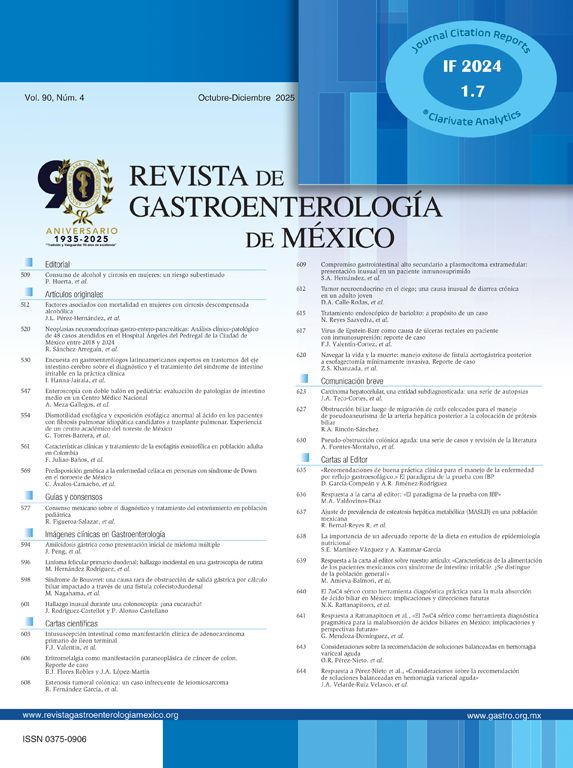Hepatic encephalopathy (HE) is a neurological syndrome that occurs as a consequence of severe liver damage and portal hyper-tension. HE is classified into three different types:1 (a) encephalopathy associated with acute liver failure [type A (acute) HE], occurring in patients with fulminant hepatitis; (b) encephalopathy associated with portal-systemic bypass [type B (bypass) HE], observed in patients with portal-systemic bypass and no intrinsic hepato-cellular disease, and (c) [type C (cirrhosis) HE], most frequently observed in patients with cirrhosis and portal hypertension. In cirrhotic patients, HE may be clinically overt or minimal. The term minimal hepatic encephalopathy (MHE) includes a number of cognitive deficits such as alterations of psychomotor speed and executive functions,2 detectable in patients with liver cirrhosis only by psychometric, electro physiological or computerized techniques. Clinically, overt HE may be further divided into episodic (developing over a short period of time and fluctuating in severity), or persistent (with continuous neurological symptoms negatively affecting the patient's self-sufficiency). Both episodic and persistent HE may be induced by a precipitating event or may occur spontaneously.1 Frequent HE precipitating events are: constipation, hypo- or hyperkalemia, alkalosis, hyponatremia, hypovolemia, gastrointestinal bleeding, dehy dra tation, infections, surgery, renal failure, diuretics and psychoactive medications. Type-C HE re-represents a major clinical problem and defining this condition into minimal or overt, episodic or persistent, and precipitated or spontaneously occurring is clinically relevant since the management of each category is quite different.
In cirrhotic patients who are followed from a time when the disease is compensated, HE represents the second most frequent cause of decompensation after ascites and before variceal bleeding.3 Moreover, HE is particularly frequent in patients under going portal-systemic shunts, and is considered an important prognostic factor for survival. Finally, both overt and minimal HE have a detrimental effect on the overall quality of life, since even minimal HE impairs the execution of both simple and complex tasks, such as driving. At present, many aspects of HE remain a matter of debate.4 Current recommendations are based on the generic hypothesis that symptoms are caused by the loss of a "protective" mechanism exerted by the liver on brain functions.
As an effect of liver failure and portosystemic shunting, substances arising from the gut are able to reach the systemic circulation and the central nervous system (CNS), where they can exert a "toxic effect" on the brain function. Attempts to clarify the nature of substances involved in the pathogenesis of HE, as well as the exact mechanism affecting the brain function, have been unsatisfactory so far. Ammonia is still more often incriminated, but several other compounds, such as mercaptans, short-chain fatty acids amines, g-aminobutyric acid (GABA), endorphins, gluta- (GABA), endorphins, gluta-mate, endo genous benzo diazepine agonists, tryptophan5 and several of its metabolites have also been proposed. However, their role is still a matter of debate. As far as the mechanism involved within the CNS is concerned, in the last few years, "astrocytes swelling" has been identified as an important process negatively influencing the neuronal neurotransmission as well as the brain energy production rate. The "astrocytes swelling hypo-thesis" is able to explain one of the key features of HE, namely syndrome triggering by heterogeneous factors. Infection may, for example, induce astrocytes swelling by endotoxins and proinflammatory cytokines.
The cornerstones of treatment for precipitant-induced episodic HE are the identification and treatment of precipitating events and providing general support. In fact, preventing falls or body injuries in disoriented patients, caring for bladder and bowel functions, caring for intravenous lines, monitoring of fluid balance, monitoring of blood glycaemia and electrolytes (such as of arterial blood gases), correcting acid/base disorders, monitoring blood pressure, and avoiding aspiration pneumonia are the strategies commonly applied to support patients with episodic HE. The nutritional status of the patient is also considered important.6 Refractory post-TIPS HE may be successfully treated by reducing the stent diameter following the procedure or by using a stent of smaller diameter. The most widely pharmacological treatments accepted for HE are low absorbable antibiotics and non absorbable disaccharides.7,8 Moreover, drugs favoring alternative pathways of nitrogen metabolism such as sodium benzoate, sodium phenylace-tate, and sodium benzoate (Ammonul), HPN-100 (a prodrug of phenylbutryrate and a pre-prodrug of phenylacetic acid), as well as zinc, benzodiazepine antagonists, branched chain amino acids, and modulators of intestinal bacterial flora have all been proposed. The use of artificial devices (extra-corporeal albumin dialysis or molecular adsorbent re-circulating system [MARS]) has been proposed for the treatment of intractable HE in referral centers; however, results have been controversial.



